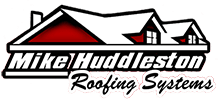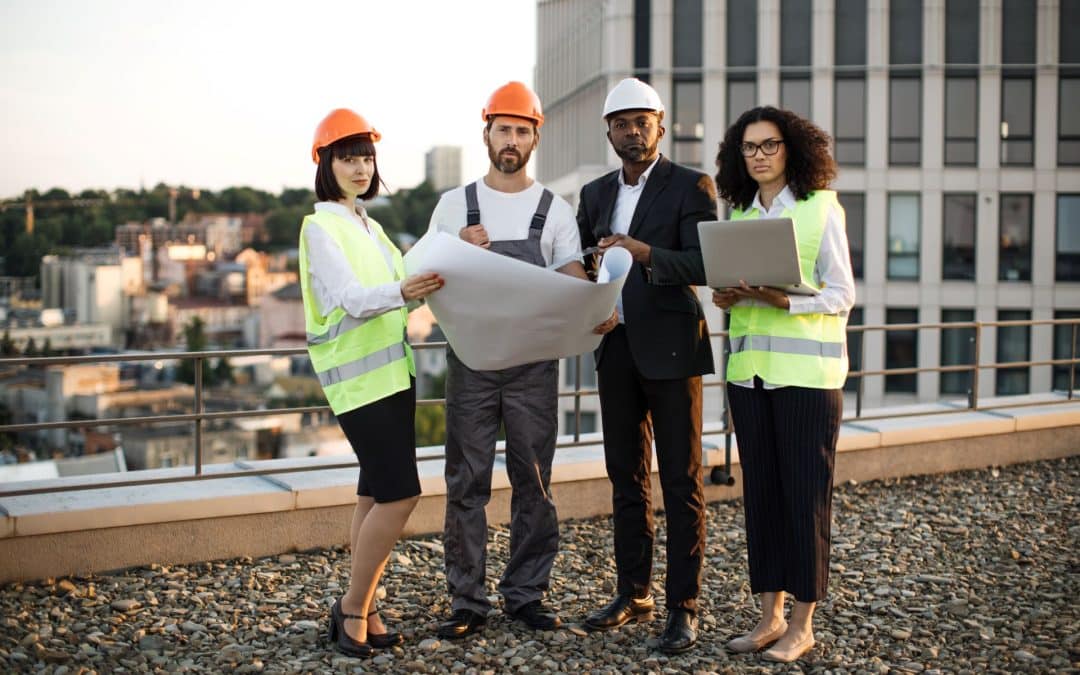Maintaining a commercial roof is essential for the longevity of your building and the safety of its occupants. A well-maintained roof can prevent costly repairs and extend the life of your roofing system. Regular upkeep ensures that minor issues are addressed before they become significant problems, saving you both time and money in the long run.
Many business owners overlook the importance of regular roof maintenance, focusing instead on more immediate concerns. However, neglecting your roof can lead to leaks, structural damage, and even increased energy costs. By implementing a proactive maintenance plan, you can avoid these pitfalls and keep your roof in optimal condition.
Understanding the key elements of commercial roof maintenance, including regular inspections, common issues, and seasonal tasks, can help you create a comprehensive care plan. This guide will provide you with the essential tips you need to keep your commercial roof in top shape, ensuring the durability and reliability of your building.
Importance of Regular Inspections
Regular inspections play a crucial role in maintaining the longevity and effectiveness of your commercial roof. These inspections help identify minor issues before they become major problems. By conducting regular roof checks, you can identify and fix leaks, cracks, and other damage early, preventing costly repairs and prolonging the life of your roof.
Scheduling inspections at least twice a year, preferably in the spring and fall, ensures that your roof remains in good condition. After severe weather events like storms or heavy snowfall, additional inspections can help identify any damage caused by extreme conditions. Professional roof inspections can provide a thorough assessment that highlights areas needing attention, such as worn-out shingles, damaged flashing, or clogged gutters.
Moreover, inspections help maintain safety standards. A well-maintained roof reduces the risk of accidents or failures that could endanger the building’s occupants. Regular check-ups, along with timely repairs, ensure that your roof remains sturdy, reliable, and compliant with safety codes. Consistent inspections and maintenance offer peace of mind that your roof is in optimal shape.
Common Roof Problems and How to Address Them
Commercial roofs can face a range of common issues that require attention. Understanding and addressing these problems promptly can prevent extensive damage and extend the life of your roof.
1. Leaks and Moisture: Leaks are among the most common problems for commercial roofs. Water infiltration can cause significant damage to your building’s structure and interior. Address leaks promptly by identifying their source and repairing damaged areas. Regular inspections can detect early signs of leaks, allowing for timely intervention.
2. Ponding Water: Flat or low-slope commercial roofs often struggle with ponding water, which can lead to roof deterioration and leaks. Ensure proper drainage by inspecting and unclogging gutters and downspouts. Installing additional drainage solutions like scuppers or tapered insulation can also help manage ponding water effectively.
3. Punctures and Tears: Rooftops with heavy foot traffic or equipment installations are prone to punctures and tears. Installing walkways and protective membranes can minimize damage caused by foot traffic. Regularly inspect areas around HVAC units, vents, and other equipment for signs of wear and make necessary repairs promptly.
Addressing common roof problems requires consistent monitoring and timely action. By keeping an eye on these issues and addressing them as they arise, you can maintain the integrity of your commercial roof and prevent costly repairs in the future.
Seasonal Maintenance Checklist
A seasonal maintenance checklist ensures that your commercial roof remains in excellent condition throughout the year. By breaking down tasks by season, you can tackle specific maintenance needs effectively.
Spring:
– Inspect for Winter Damage: Check for any damage caused by snow and ice, such as cracks, mold, or loose shingles. Repair any issues promptly.
– Clean Gutters and Drains: Remove debris from gutters and downspouts to ensure proper drainage. Standing water can lead to leaks and roof deterioration.
– Examine Roof Flashing: Check the flashing around vents, chimneys, and skylights for signs of wear or damage. Replace any damaged sections to prevent leaks.
Summer:
– Inspect for UV Damage: The sun’s UV rays can cause roofing materials to deteriorate over time. Look for signs of fading, cracking, or brittleness.
– Clear Debris: Ensure that leaves, branches, and other debris are removed from the roof surface to prevent blockages in your drainage system.
– Check for Pests: Inspect for any signs of pests, such as nests or droppings. Address pest issues promptly to prevent damage to the roof structure.
Fall:
– Prepare for Winter: Inspect the roof for any weak spots or damage that need to be repaired before harsh winter conditions set in.
– Clean Gutters: Once again, clear out gutters and downspouts to ensure proper drainage and prevent ice dams.
– Inspect Insulation: Ensure that your roof insulation is intact and sufficient to handle the upcoming cold months.
Winter:
– Monitor Snow Accumulation: Heavy snow accumulation can cause structural stress. Ensure that snow is removed safely to avoid potential damage.
– Inspect After Storms: Conduct inspections after severe winter weather to check for ice dams, leaks, or other damage.
– Maintain Ventilation: Proper ventilation helps prevent moisture buildup and ice dams. Ensure that vents and exhaust fans are functioning correctly.
Long-Term Benefits of Proactive Roof Maintenance
Proactive roof maintenance offers several long-term benefits that contribute to the overall health and longevity of your commercial roof. By staying ahead of potential issues, you can save time, money, and resources in the long run.
Cost Savings: Regular maintenance helps you identify and address minor issues before they escalate into major problems. Promptly fixing small repairs is much more cost-effective than dealing with extensive damage or a full roof replacement. Proactive maintenance prevents unexpected expenses and keeps your budget in check.
Extended Roof Lifespan: Routine care and maintenance can significantly extend the life of your commercial roof. By addressing wear and tear early, you can prevent the need for premature roof replacements. A well-maintained roof can exceed its expected lifespan, providing you with a long-lasting and reliable roofing system.
Improved Energy Efficiency: A well-maintained roof contributes to better insulation and energy efficiency. Sealing gaps, checking insulation, and ensuring proper ventilation help regulate indoor temperatures, reducing energy consumption and lowering utility bills. Improved energy efficiency also creates a more comfortable environment for building occupants.
Reduced Risk of Emergencies: Proactive maintenance minimizes the risk of sudden emergencies such as leaks, collapses, or structural failures. By addressing vulnerabilities early on, you can avoid disruptions to your business operations and ensure the safety of everyone in the building. Preventing emergencies also safeguards your assets and equipment from potential water damage.
Conclusion
Maintaining a commercial roof requires ongoing effort and attention, but the rewards are well worth it. Regular inspections, addressing common problems, following a seasonal maintenance checklist, and understanding the long-term benefits of proactive care all contribute to the durability and efficiency of your roof.
At Mike Huddleston Roofing Systems, we specialize in providing top-notch commercial roofing services. Trust our team to help you maintain your roof in optimal condition. Contact Mike Huddleston Roofing Systems today to schedule an inspection or consultation. Let us assist you in protecting your investment for years to come.

